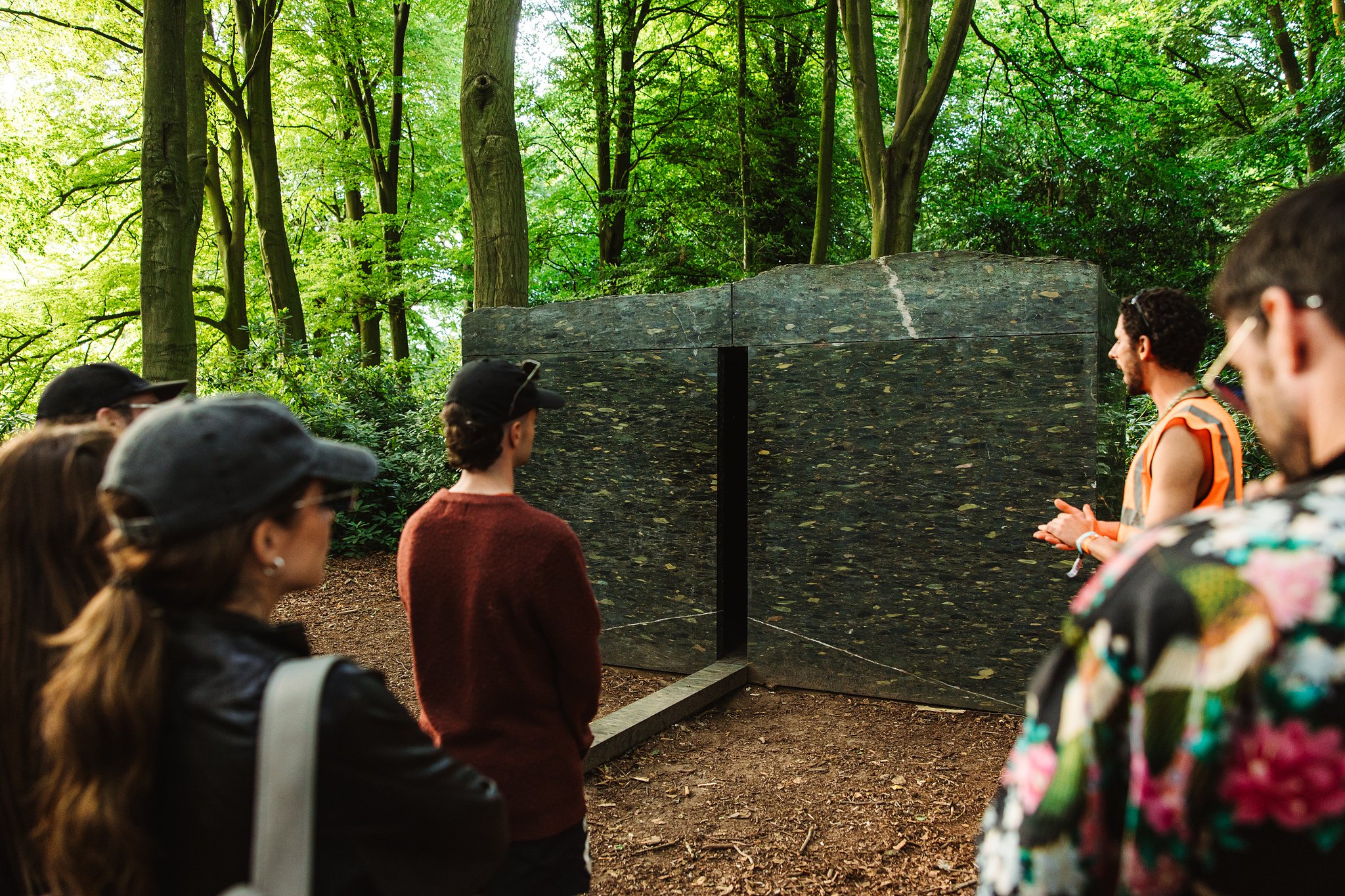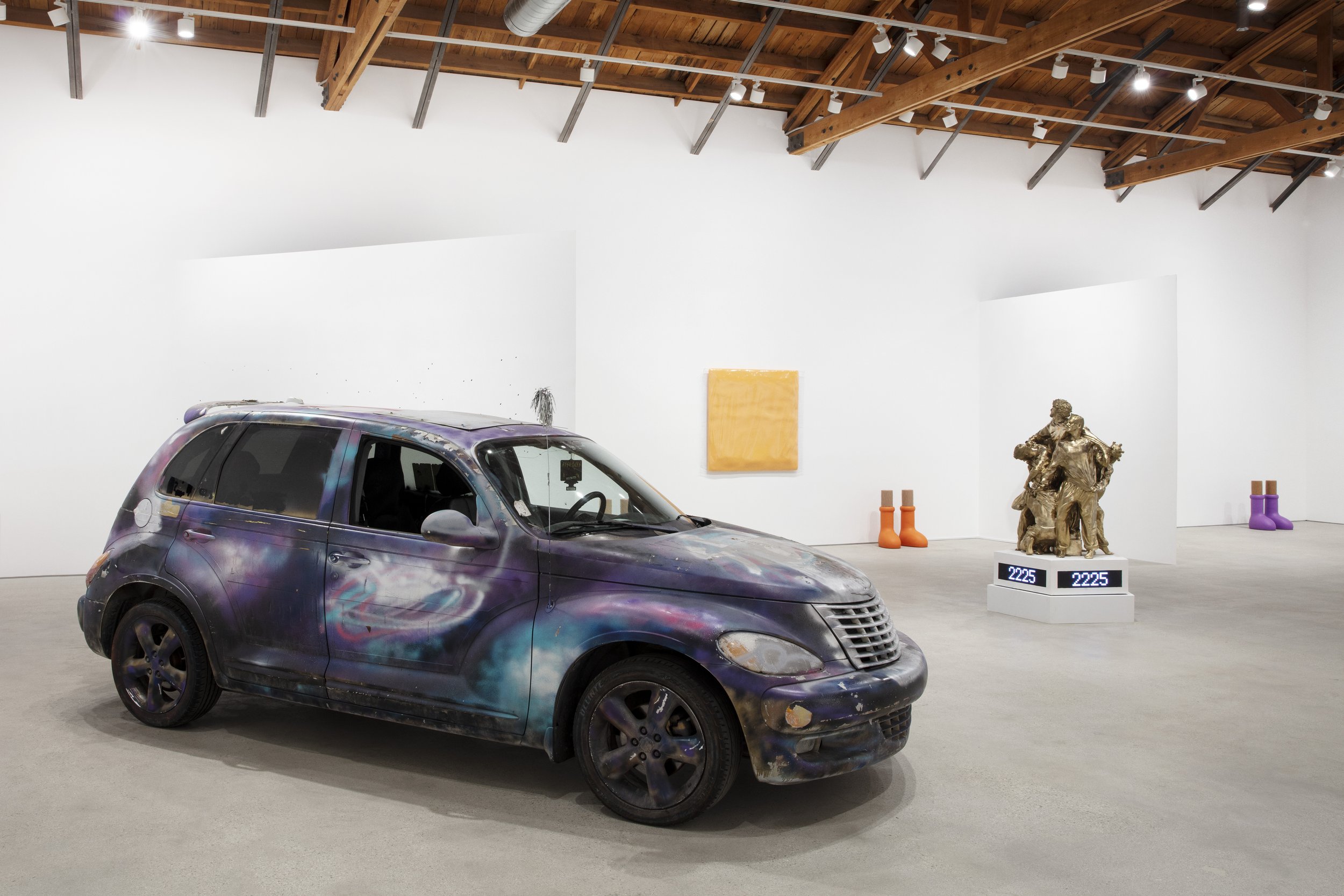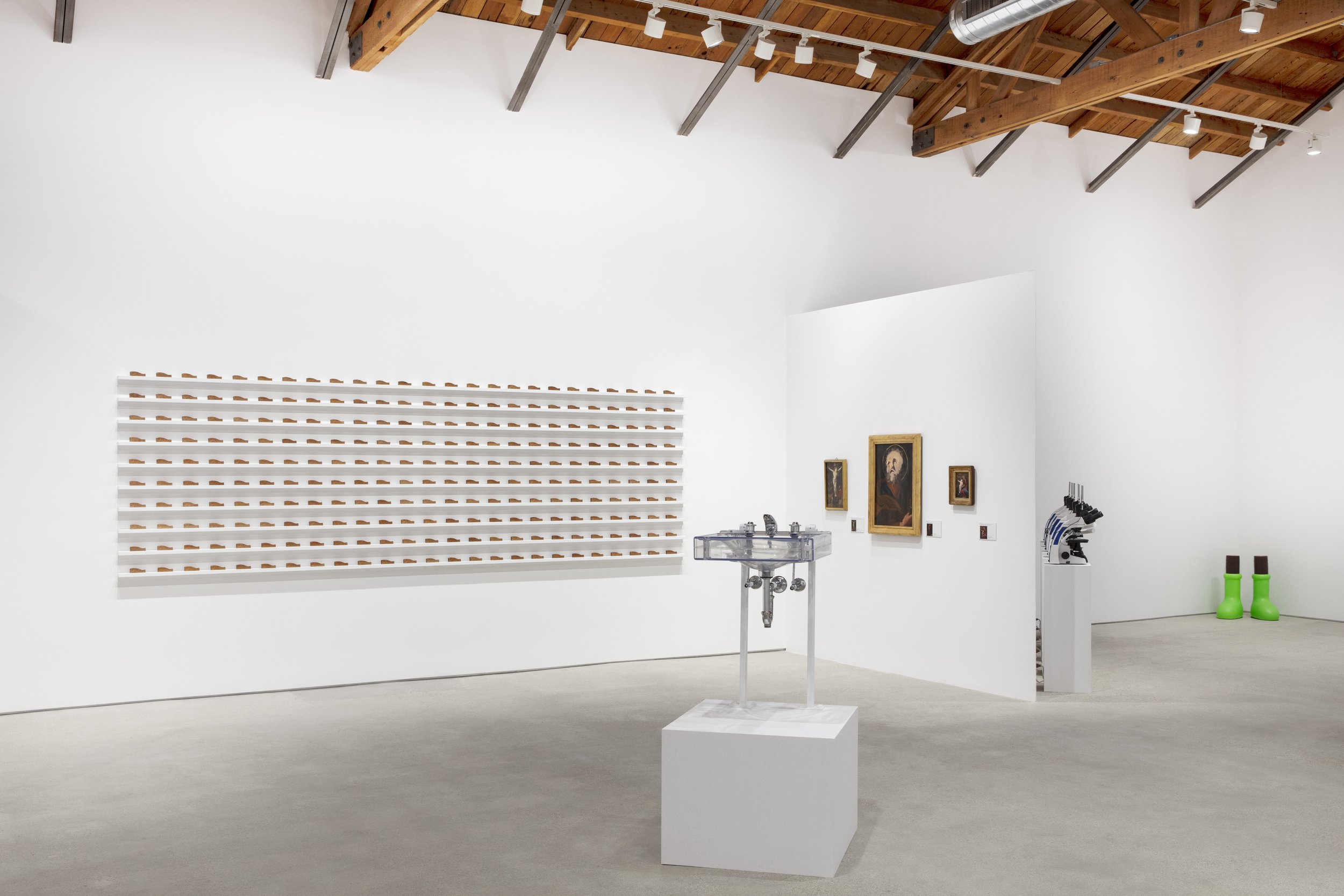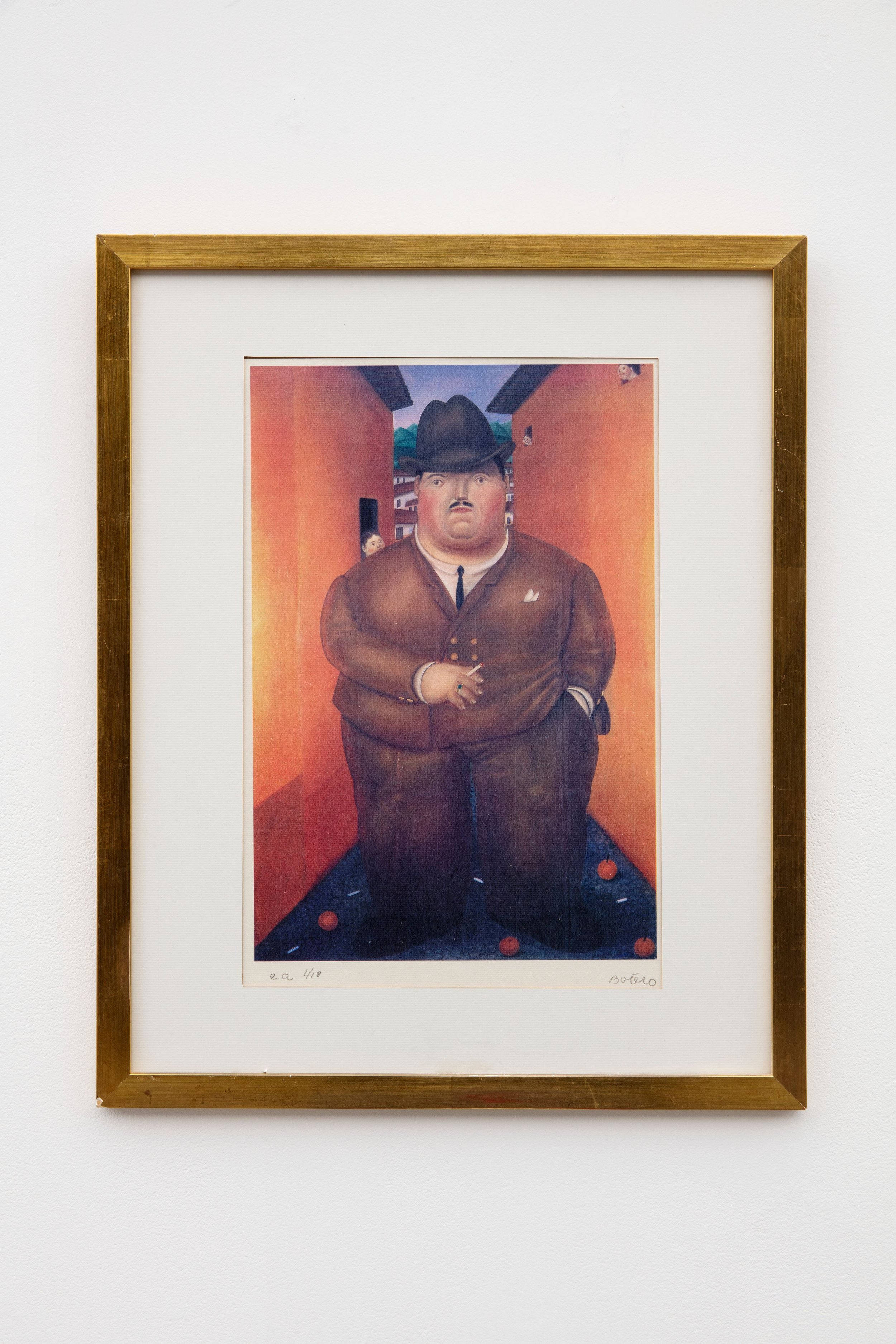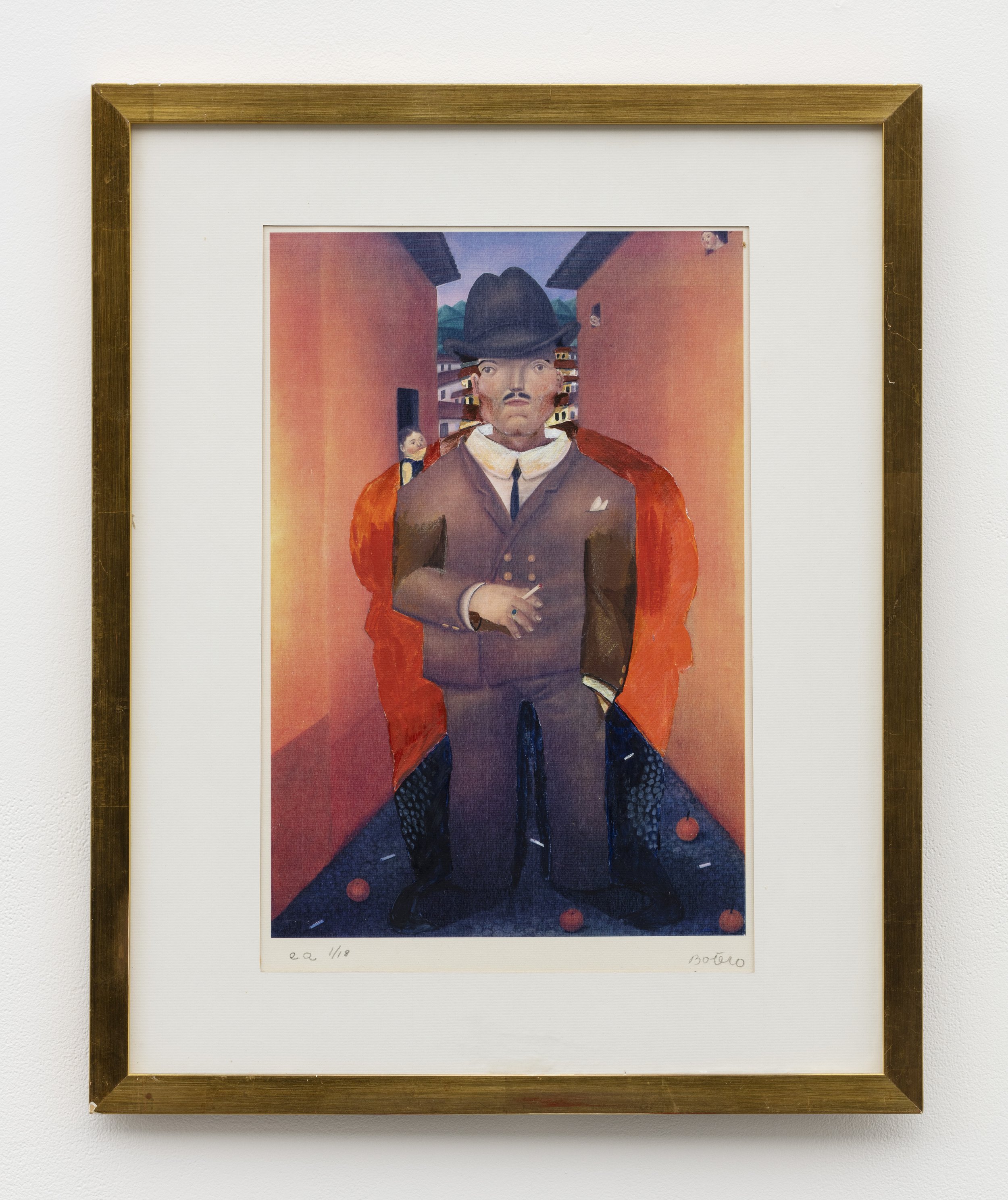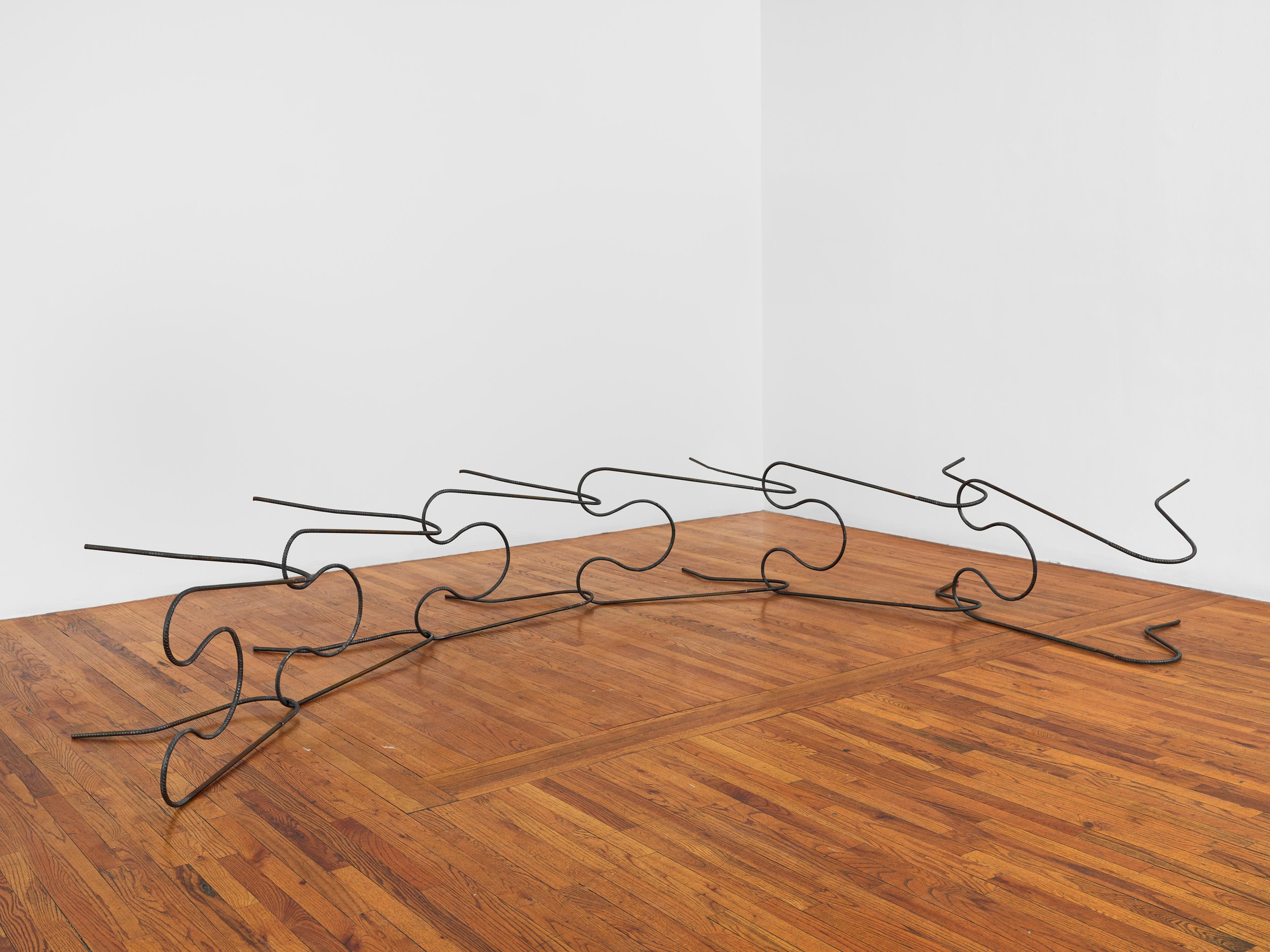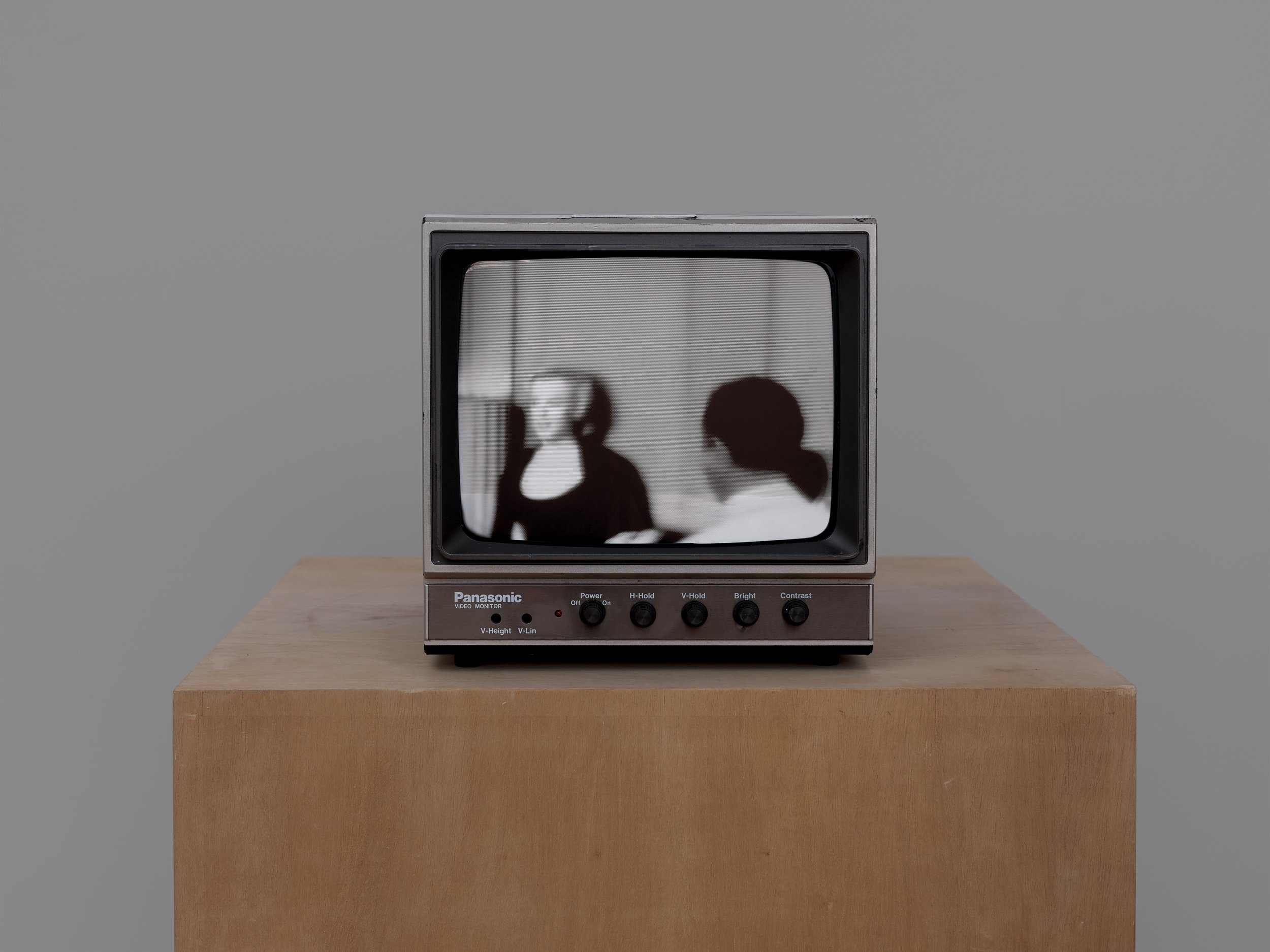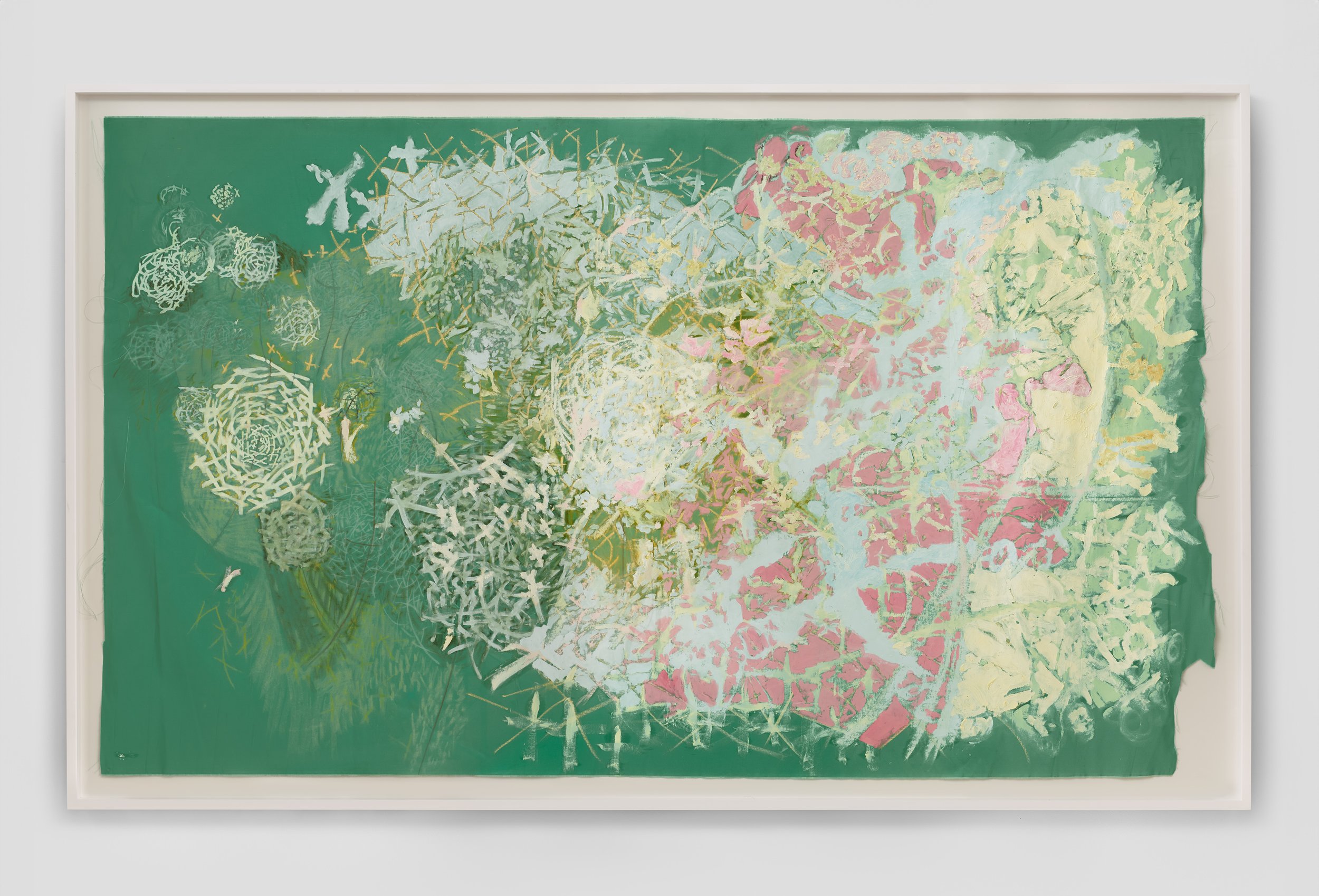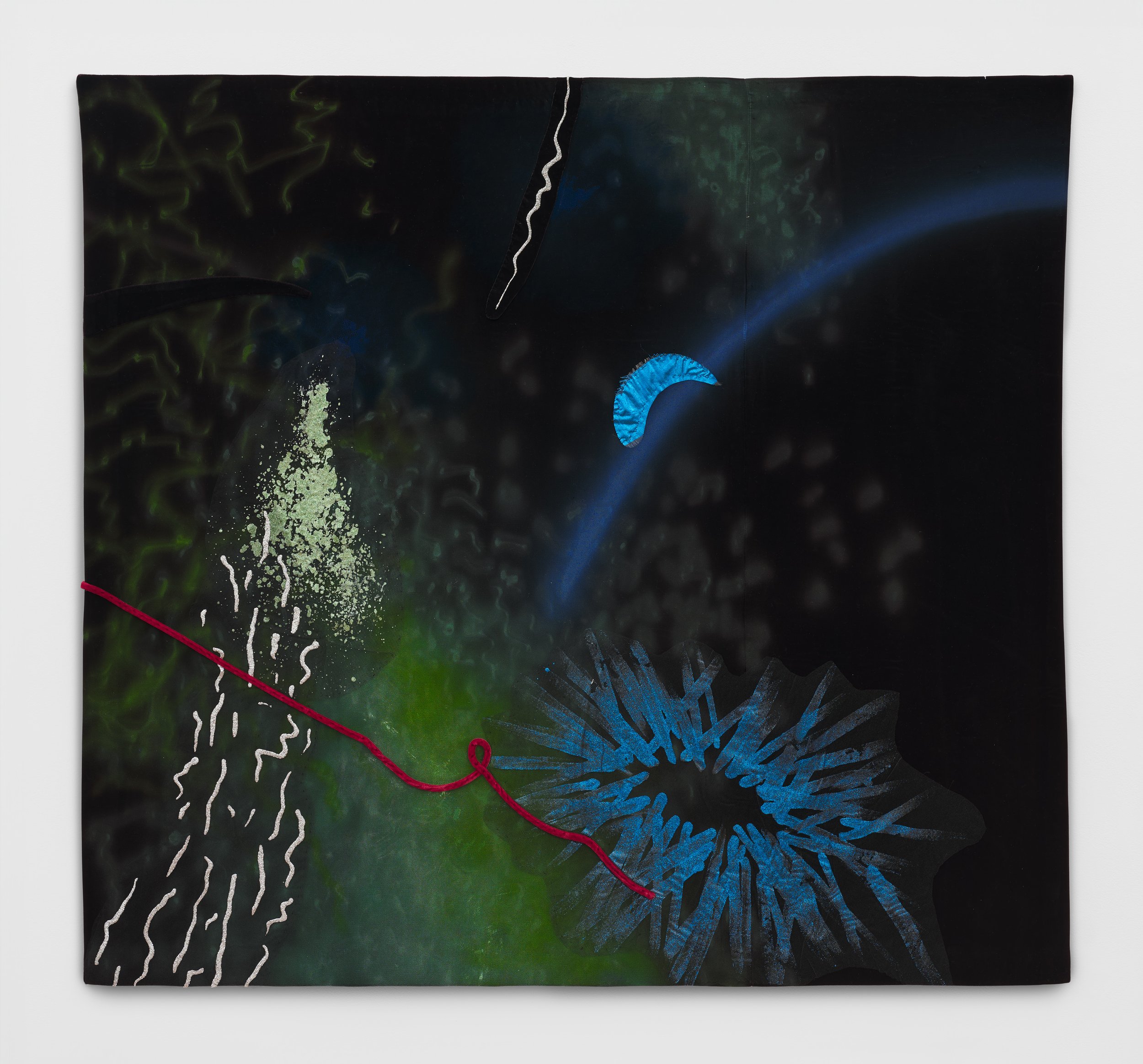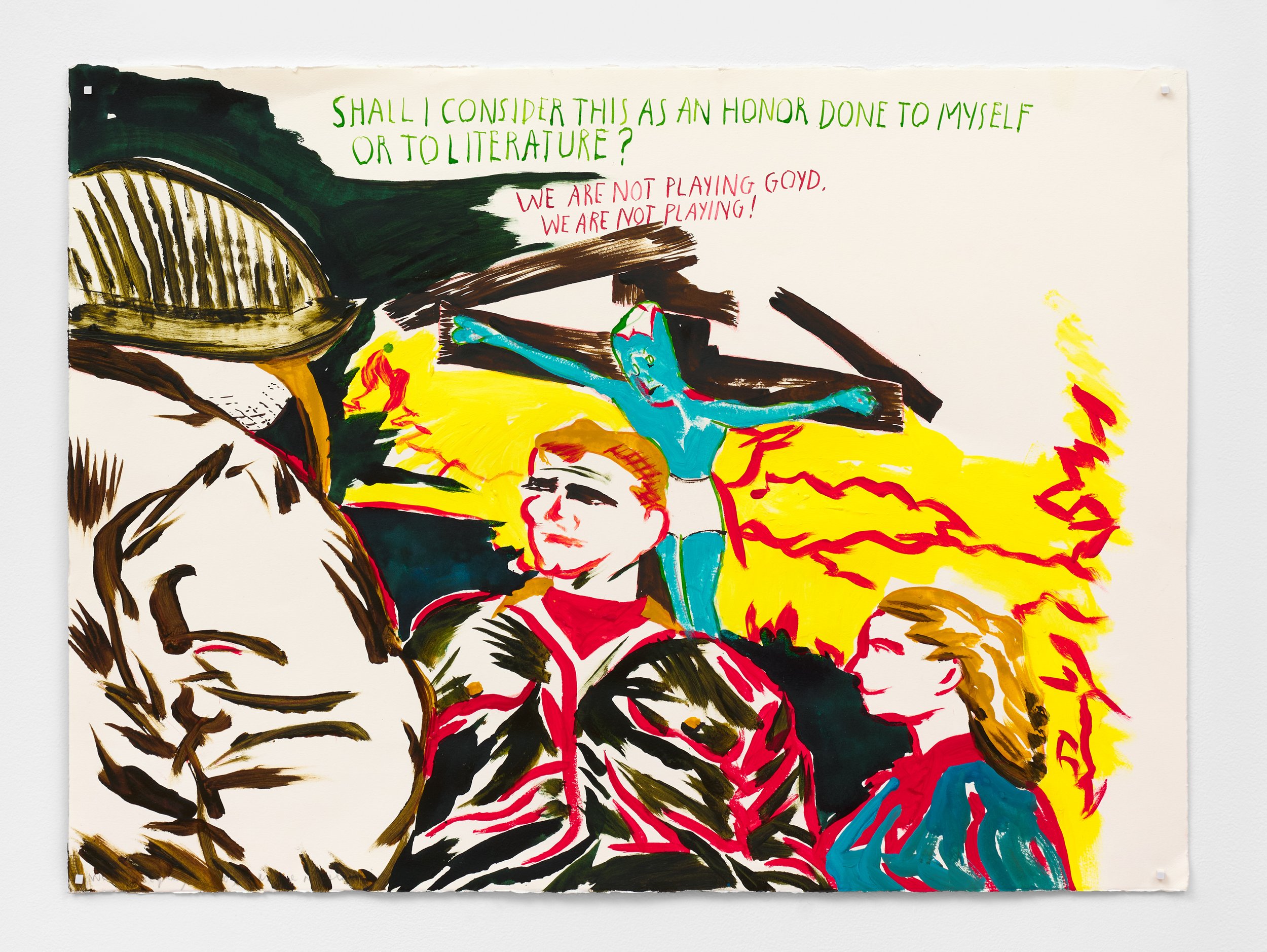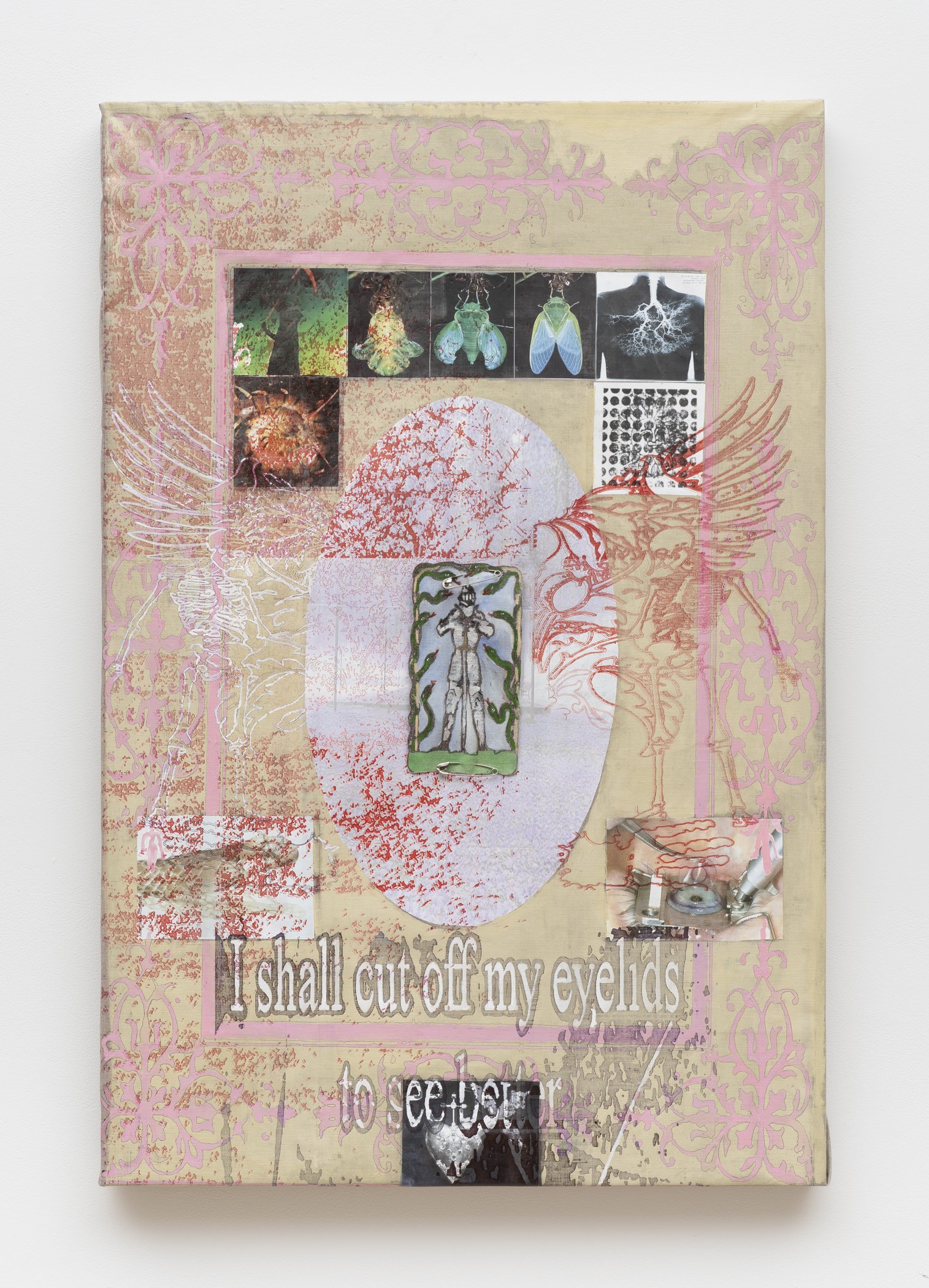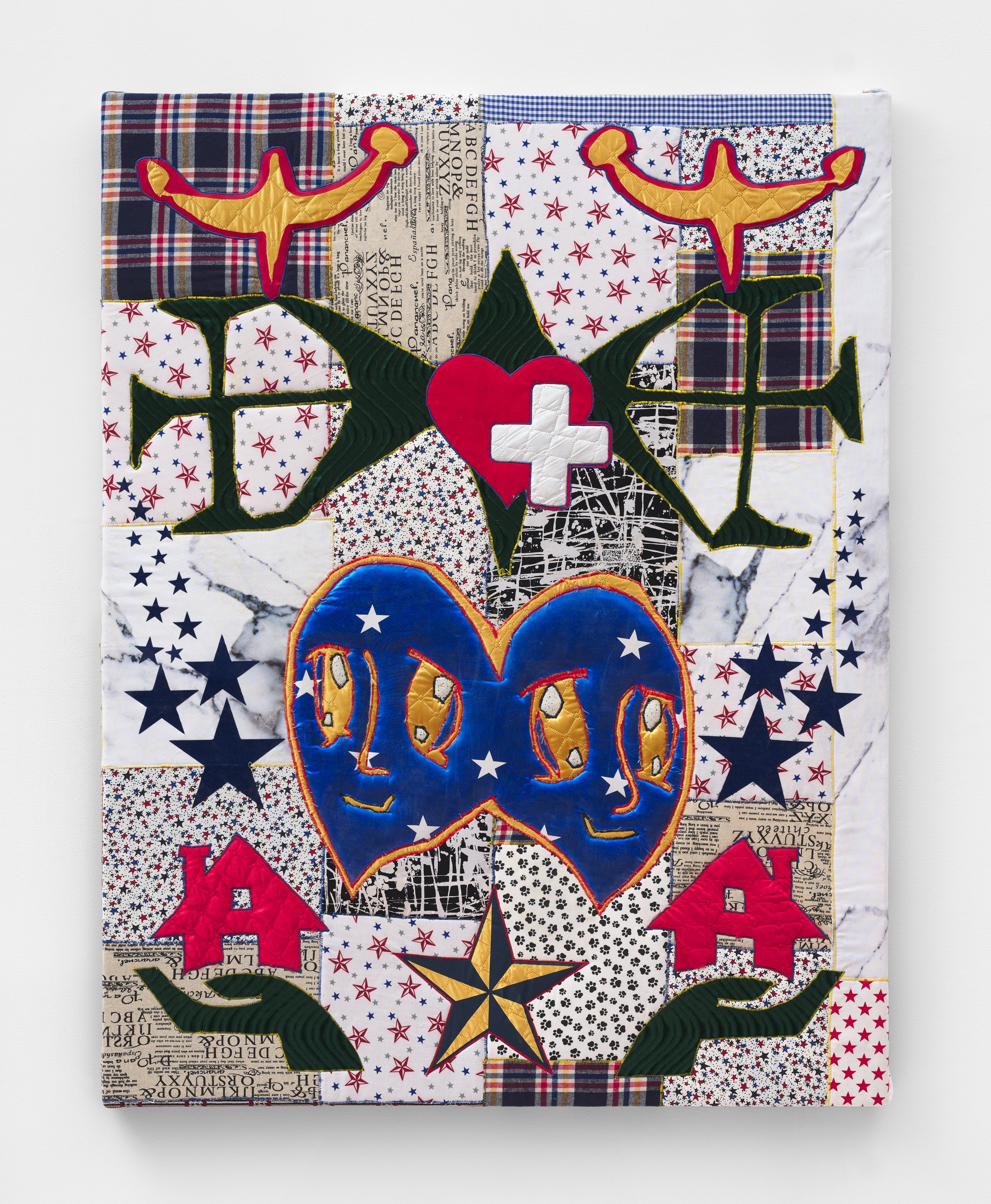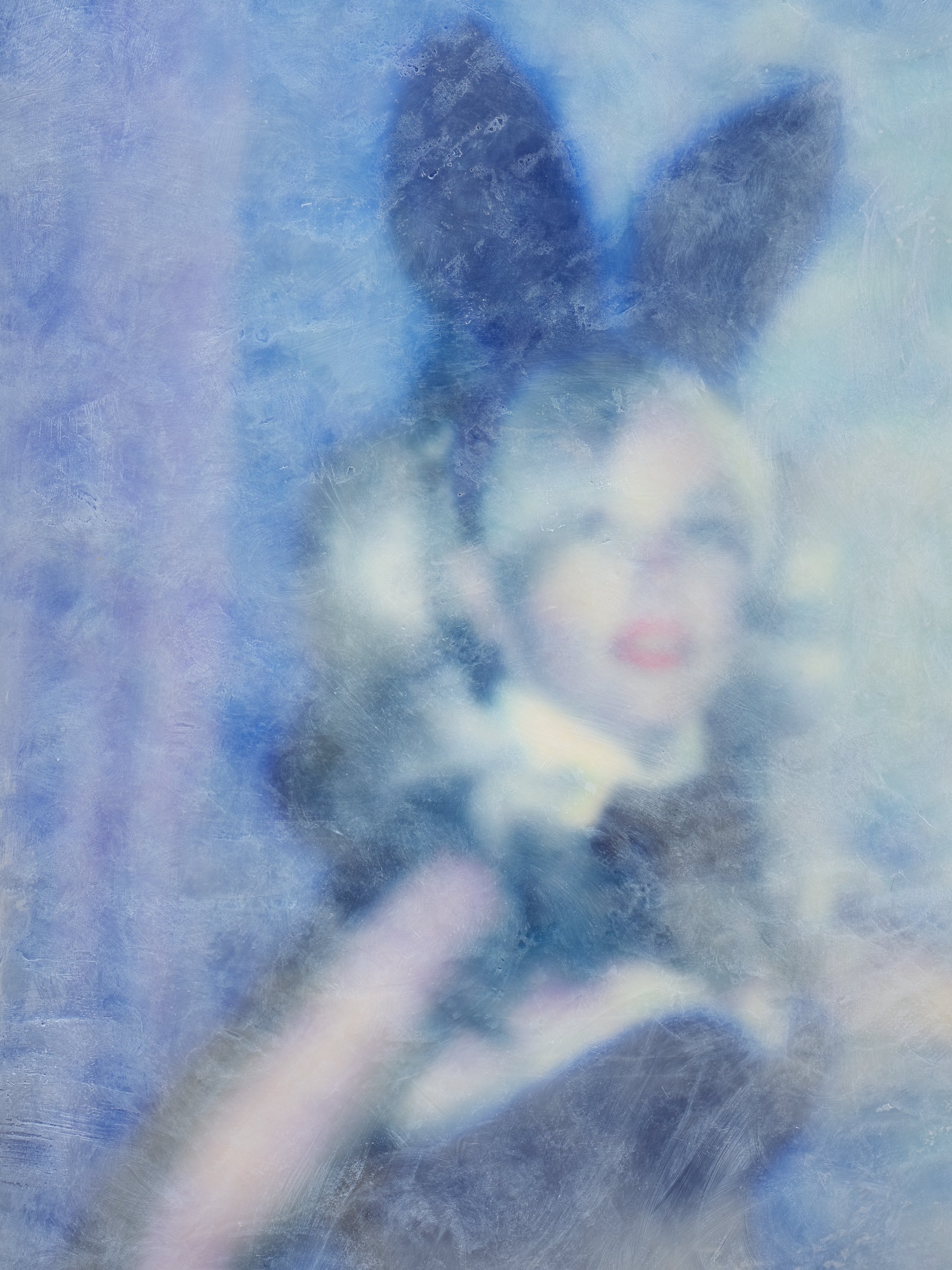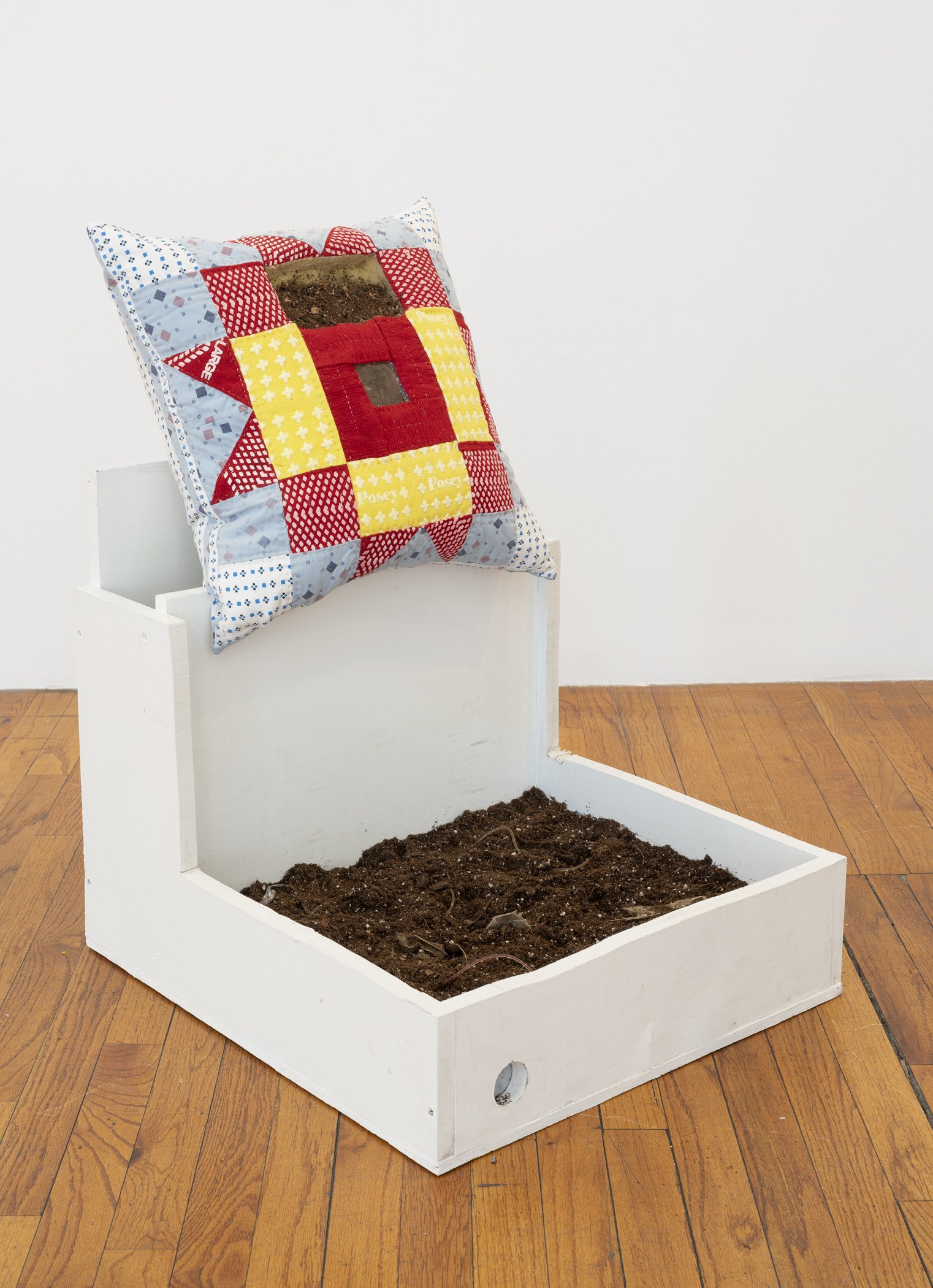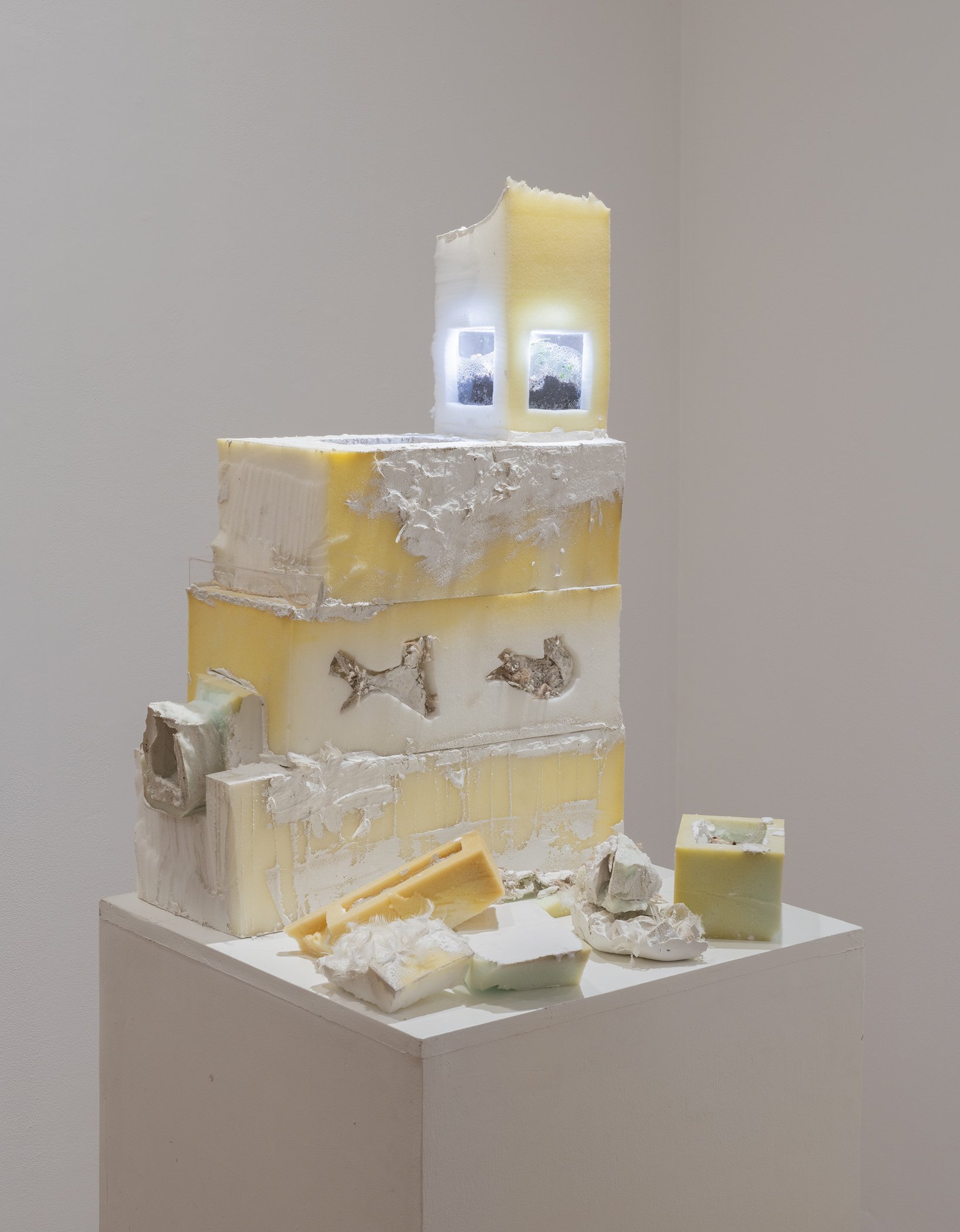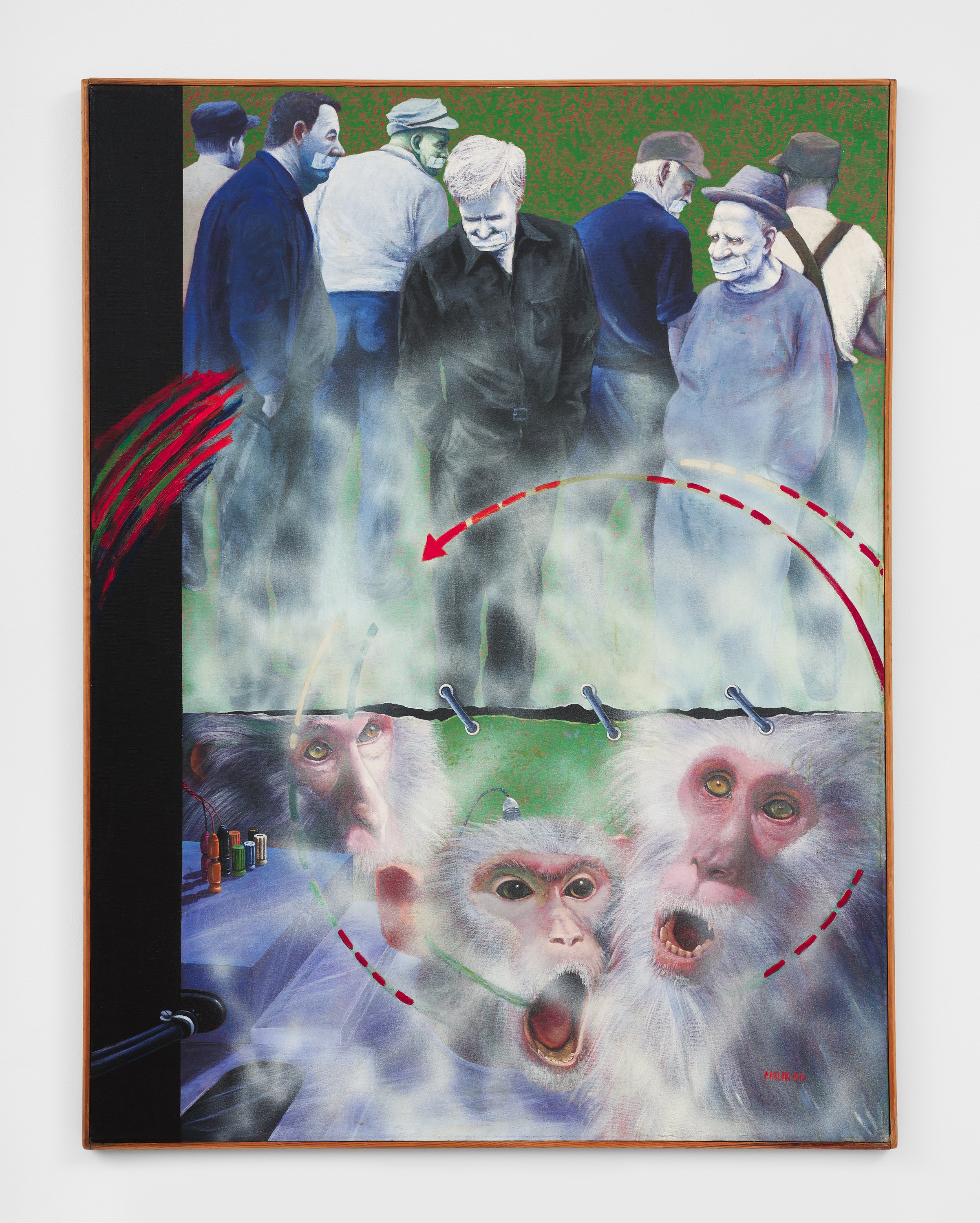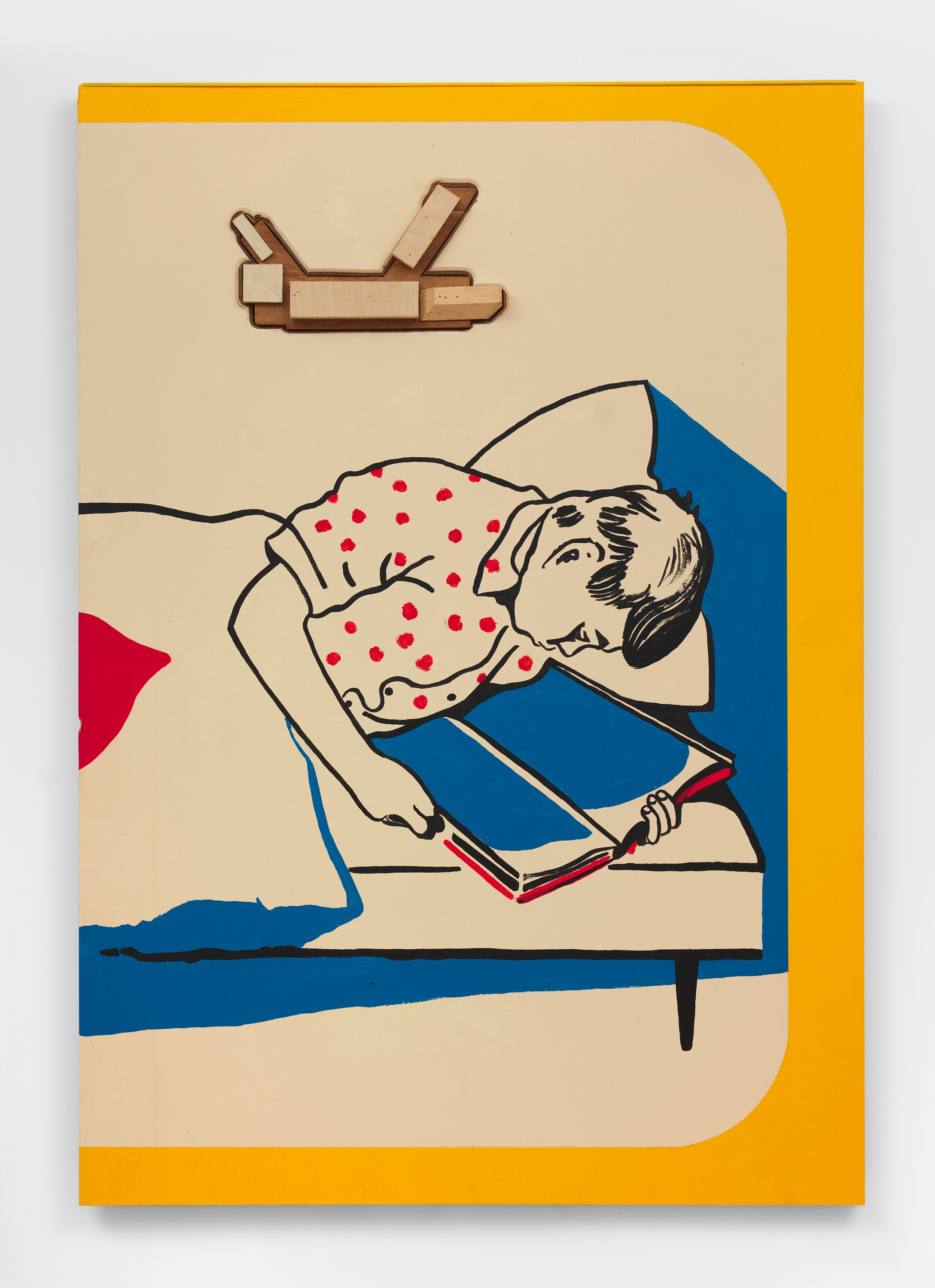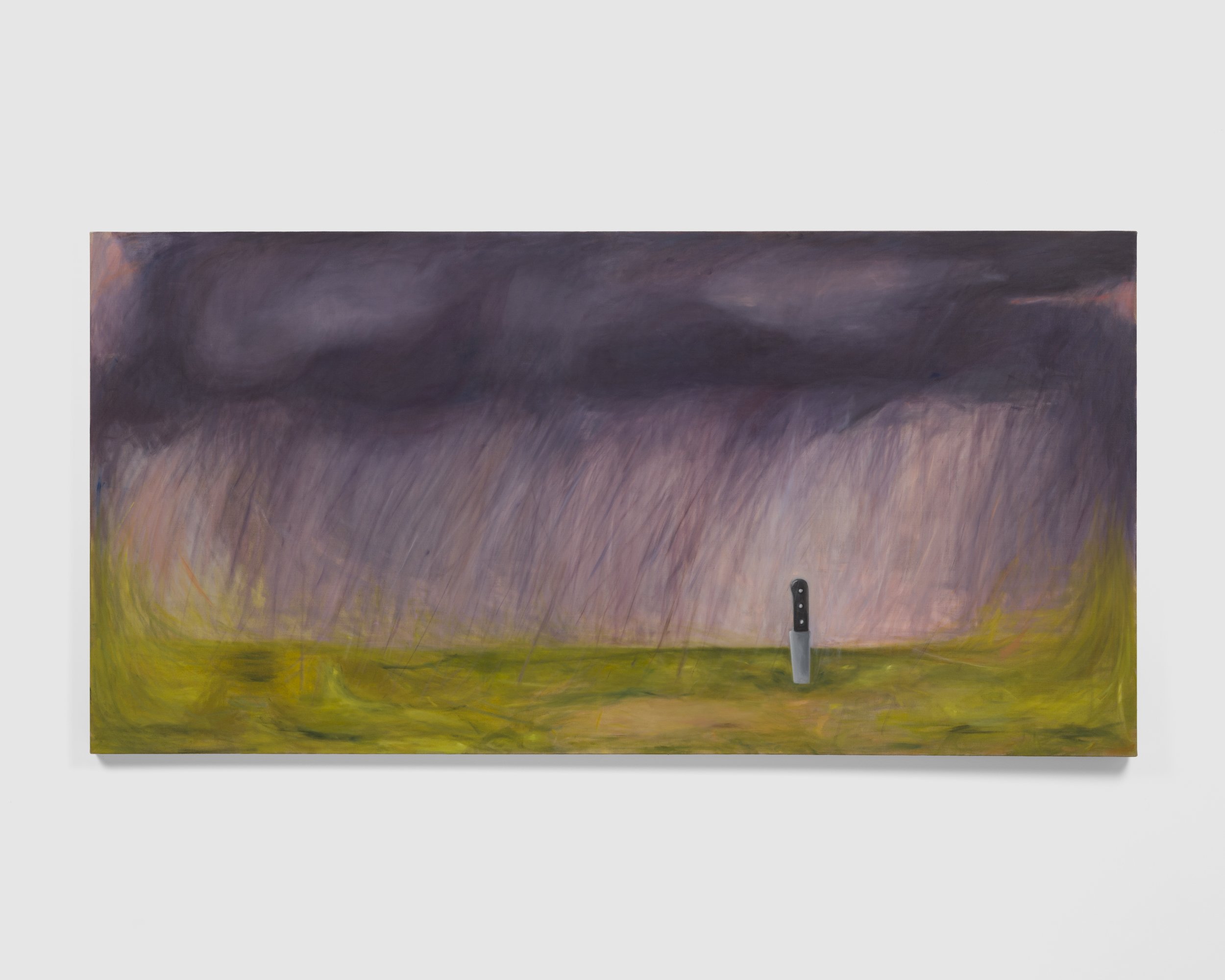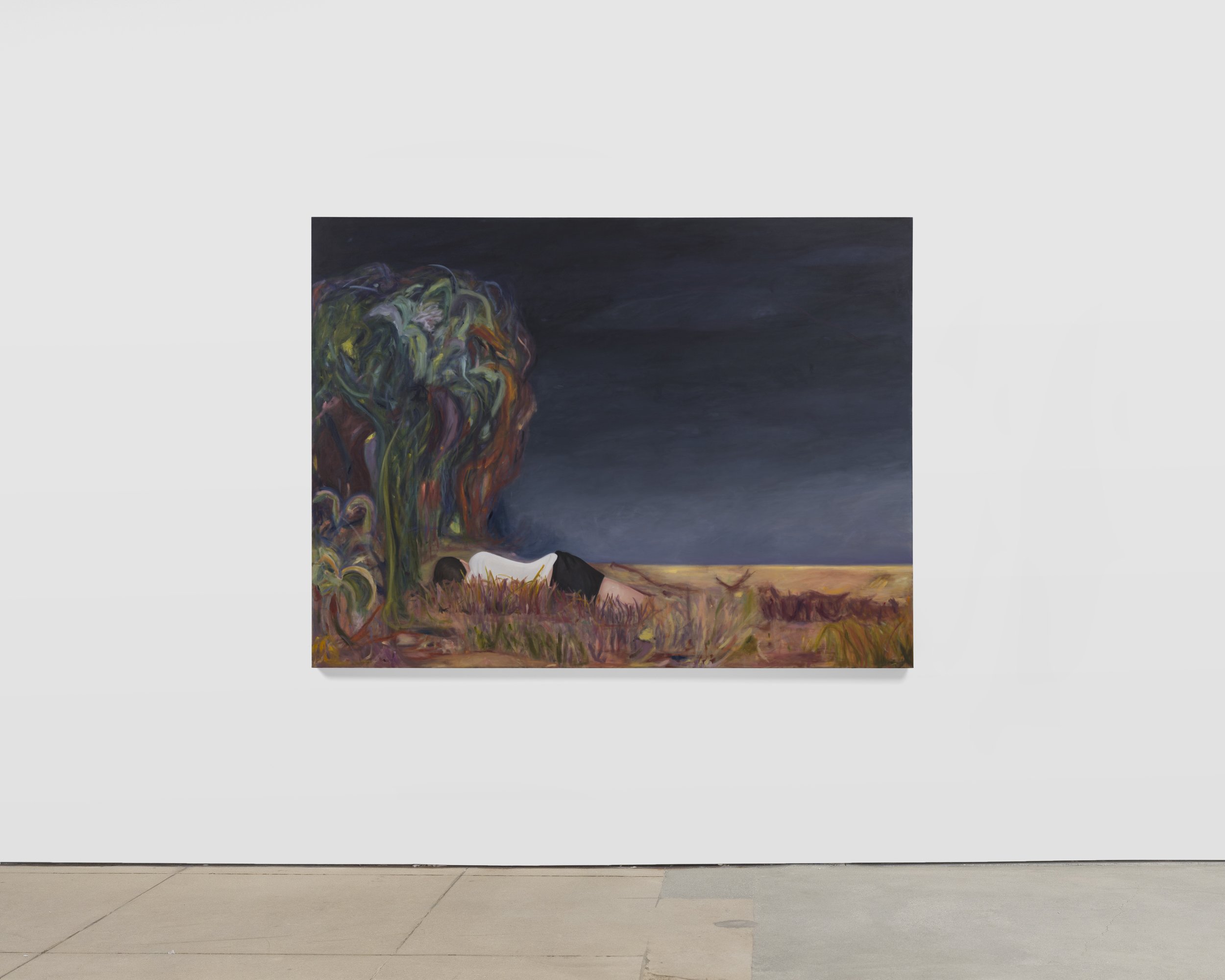Pietro Alexander’s SPY Projects, a Los Angeles-based gallery that has developed a reputation for recognizing young, emerging talent both local and international since its inception in 2021 hosts their Unrequited group show at 59 Wooster Street. Not just another SoHo loft, the building—the very floor, in fact, once housed the Brooke Alexander Gallery, which opened its first exhibition in the space nearly forty years ago and worked with a number of artists who have gone on to become legends, influencing the art scene in New York and beyond. It’s a natural meeting place between East and West coasts, and a fitting home for SPY Projects’ New York debut, since the eponymous gallerist Brooke Alexander’s brother was the artist Peter Alexander, a pioneering figure of the Light and Space movement in California.
As much as we should know what an artwork is—what’s placed in front of us, contained within a frame, defined by a title and tombstone—there’s always something that seems to escape, an uncontrollable excess of meaning beyond what anyone, even the artist could predict. Because ultimately, the substance of it all is continually created anew and brought into being through every encounter between the viewer and the work itself. As a result, even the most rigorous or tightly structured artwork remains porous and in flux, incorporating shifting social contexts, feelings, and personal histories.
So, if it can’t be controlled, why fight it? Curator Sara Apple encourages you to let go of the Sisyphean struggle to reconcile vision and meaning with the murky, malleable world. The exhibition is not an endpoint, the final realization of a concept, but an embarkation, an embrace of the unrequited to welcome the larger possibilities of experience. This extends from the artists—selected less because they fit an aesthetic mold or illustrate a particular idea, but out of organic connections—to the structure of the show itself, which hosts events and performances throughout its duration. By opening up the exhibition while supporting its full potential, all these disparate strands can be brought together, encouraged to develop into the unknown and unexpected, and become something more in the process.
Unrequited includes works by Peter Alexander, Malik Al Maliki, Katherine Auchterlonie, Stefan Bondell, Cristine Brache, Sasha Filimonov, Chris Lloyd, Kay Kasparhauser, Alison Peery, Raymond Pettibon, and Montana Simone. The show is on view through May 31 @ 59 Wooster Street, New York















